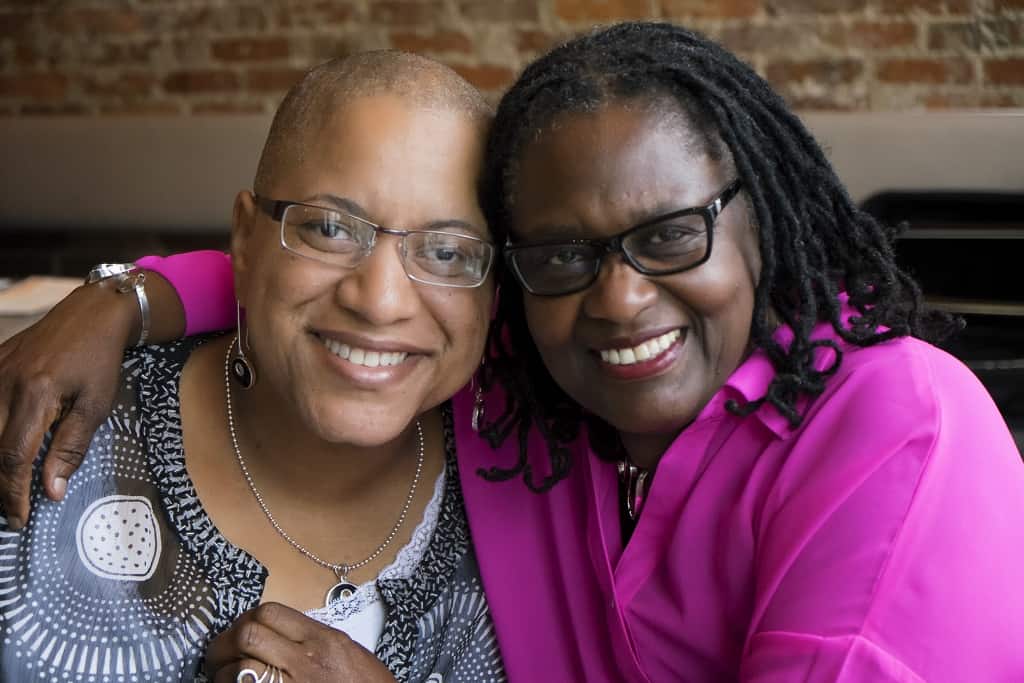Why are old and disabled lesbians becoming increasingly invisible in our communities? This is not an unfair question to hurl at a queer culture that seeks able bodies and anti-aging remedies at every turn. Old and disabled members of our community are often “tolerated” as long as the truth of our lives is not acknowledged. This is especially true if one’s queer life is lived at the intersections of race, class, disability, age, and gender.
As an intergenerational couple with one partner who is legally blind, we are both black lesbians who understand how the different intersections of our identity challenge our visibility in a world where the normative view would rather obscure us and where lesbians wrestle with their own freedom to self-identify. We know when we show up as full persons we are seen as exceptional, not the “profound normality” we experience each day.
Ageism and ableism within the context of our lives as lesbians threatens the fullness of our humanity. It is not a compliment when one of us is told, “You don’t look your age,” and the other is told, “You don’t look blind.” What is being said is that old lesbians and lesbians with disabilities must show up as “normal” as possible.
The lives of black lesbians must be seen and deemed worthy. We understand the high cost of invisibility in health care, public health research, employment, social spaces and most importantly in the very communities we have helped build. The social worker and public health researcher in one of us wants to emphasize the health disparities of this population, and the ordained minister and counselor in the other wants to emphasize the stressors that negatively affect our bodies and souls.
Wherever one chooses to place the emphasis, it is a fact that old, disabled, black lesbian lives matter and have a human right to exist in this universe without curiosity and without apology.
When we do see some queer visibility, it is often limited to white gay men and white lesbians, and even within that gaze there is a preference towards young, extremely fit bodies. The type of lesbian visibility we desire is not just for those who live in the cloud of celebrity, but also those who move on urban asphalt and dusty back roads.
We don’t cease to work, dance, eat, sing, have sex and share lives because we become old or disabled. We strive to be visible because it is important for all of us to have mirror images of ourselves. We have made significant contributions and created legacies that must not and will not be erased.
We understand what it is to be black lesbians ignored by both heterosexual- identified culture, white queer folk and sometimes our very own. We also understand what it is like to have our sexual identity ignored and marginalized by the disability community. We know intimately the sick feeling of having our lives dismissed because of our age. We strive to be seen in the world because we are part of it. We have something important to say and will remain firmly planted until we are seen and heard. Meet us eye to eye!
Adams is a social worker and public health researcher who founded and is board chair of ZAMI NOBLA (National Association of Black Lesbians on Aging) based in Atlanta. Davis is an ordained minister and certified rehabilitation counselor who founded and operates the spiritual collective Sister Harriet and the counseling and consultation service Braille South.

